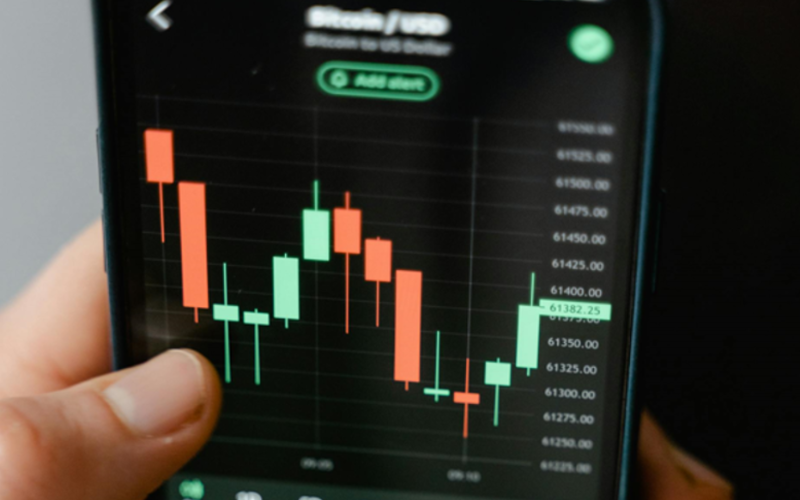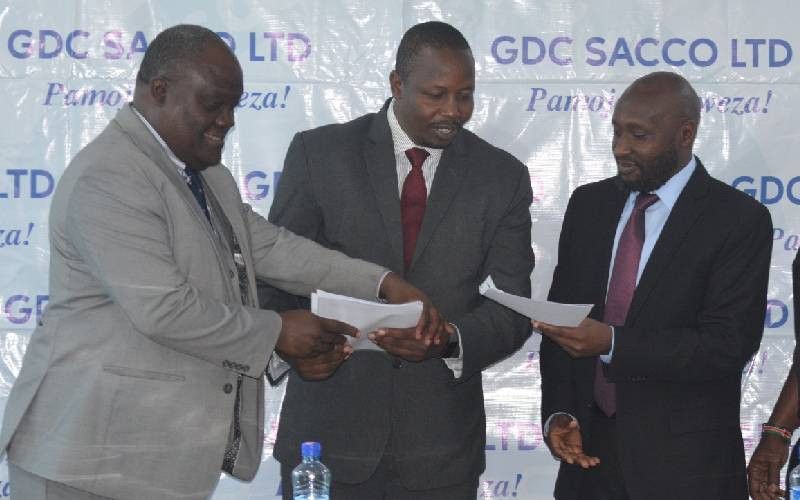Prices for raw milk in Ukraine increased by 6% in December
Source: The DairyNews
As of December 10, 2023, raw milk in Ukraine has on average increased by 81 kopecks (+6%) compared to the previous month. The rise in the cost of raw milk continues due to its limited supply in the domestic market. Despite industrial enterprises increasing milk production volumes and striving to reach pre-war production levels, producers of fresh dairy products and cheesemakers still face a shortage of raw materials.
This is attributed to the increased consumption of dairy products by the Ukrainian population this year, as reported by analyst Georgiy Kukhaleyshvili of the Milk Producers Association.
The average purchase price of extra-class milk as of December 10 is 14.61 UAH/kg excluding VAT, which is 83 kopecks higher than a month ago. The price range for this grade on farms varies fr om 14 to 15 UAH/kg excluding VAT. The lower boundary of the price range increased by 90 kopecks, while the upper boundary increased by 75 kopecks in the last month.
The highest-grade milk averages 14.61 UAH/kg excluding VAT, with a price increase of 83 kopecks in the last month. Prices for top-grade milk range from 14 to 15 UAH/kg excluding VAT. The lower boundary of the price range increased by 90 kopecks, and the upper boundary increased by 75 kopecks.
The average price of first-class milk is 13.52 UAH/kg excluding VAT, increasing by 77 kopecks compared to the preliminary monitoring results. The minimum price on farms remained at 12.80 UAH/kg and did not change in the last month. The maximum price for the first grade was 14.20 UAH/kg, which is 1.2 UAH more than in the monitoring conducted a month ago.
Consequently, the weighted average price of the three grades is 14.25 UAH/kg excluding VAT, increasing by 81 kopecks.
Georgiy Kukhaleyshvili suggests that milk prices in Ukraine continue to rise due to the high demand for raw materials from dairy producers. Warehouses have limited stocks of cheese and butter amidst the growing consumption of dairy products by Ukrainians. The return of approximately one million citizens to Ukraine this year, escaping war abroad, has led to an increase in milk consumers. Therefore, dairy processing enterprises are committed to fulfilling orders despite the approaching New Year holidays and the seasonal reduction in milk production. Typically, buying activity in the dairy market slows down during the celebration of New Year and Christmas. Also, cow productivity decreases in winter.
The reduction in milk production may be influenced by a decrease in the cattle population. Since independence, an effective state support program for the development of dairy farming in Ukraine has not been implemented. The war with Russia has only exacerbated this longstanding issue. Many agricultural lands are contaminated with mines and are unsuitable for use as pastures or for growing fodder crops.
Likely, the increase in the cost of milk is attributed to the rising expenses for feed due to the increased cost of production, the price increase of premixes, and other procurement ingredients. Farmers face a shortage of qualified labor due to mass migration or mobilization of citizens, and they lack working capital and credit resources. Logistics expenses have increased during the war. Dairy farmers are hesitant to invest in increasing livestock and other measures that could potentially impact milk production in Ukraine.
The increase in the import of bulk cream and block butter may restrain the rise in raw milk prices. In such a scenario, warehouses will be filled with dairy products, and demand and prices for raw materials will stabilize. Today, Ukraine is not the only country in the world wh ere raw milk is becoming more expensive. More detailed information on global dairy market trends can be found in the "Dairy Map of the World-2023," prepared by the IFCN Dairy Research Network based on the results of 2022.
The average purchase price of extra-class milk as of December 10 is 14.61 UAH/kg excluding VAT, which is 83 kopecks higher than a month ago. The price range for this grade on farms varies fr om 14 to 15 UAH/kg excluding VAT. The lower boundary of the price range increased by 90 kopecks, while the upper boundary increased by 75 kopecks in the last month.
The highest-grade milk averages 14.61 UAH/kg excluding VAT, with a price increase of 83 kopecks in the last month. Prices for top-grade milk range from 14 to 15 UAH/kg excluding VAT. The lower boundary of the price range increased by 90 kopecks, and the upper boundary increased by 75 kopecks.
The average price of first-class milk is 13.52 UAH/kg excluding VAT, increasing by 77 kopecks compared to the preliminary monitoring results. The minimum price on farms remained at 12.80 UAH/kg and did not change in the last month. The maximum price for the first grade was 14.20 UAH/kg, which is 1.2 UAH more than in the monitoring conducted a month ago.
Consequently, the weighted average price of the three grades is 14.25 UAH/kg excluding VAT, increasing by 81 kopecks.
Georgiy Kukhaleyshvili suggests that milk prices in Ukraine continue to rise due to the high demand for raw materials from dairy producers. Warehouses have limited stocks of cheese and butter amidst the growing consumption of dairy products by Ukrainians. The return of approximately one million citizens to Ukraine this year, escaping war abroad, has led to an increase in milk consumers. Therefore, dairy processing enterprises are committed to fulfilling orders despite the approaching New Year holidays and the seasonal reduction in milk production. Typically, buying activity in the dairy market slows down during the celebration of New Year and Christmas. Also, cow productivity decreases in winter.
The reduction in milk production may be influenced by a decrease in the cattle population. Since independence, an effective state support program for the development of dairy farming in Ukraine has not been implemented. The war with Russia has only exacerbated this longstanding issue. Many agricultural lands are contaminated with mines and are unsuitable for use as pastures or for growing fodder crops.
Likely, the increase in the cost of milk is attributed to the rising expenses for feed due to the increased cost of production, the price increase of premixes, and other procurement ingredients. Farmers face a shortage of qualified labor due to mass migration or mobilization of citizens, and they lack working capital and credit resources. Logistics expenses have increased during the war. Dairy farmers are hesitant to invest in increasing livestock and other measures that could potentially impact milk production in Ukraine.
The increase in the import of bulk cream and block butter may restrain the rise in raw milk prices. In such a scenario, warehouses will be filled with dairy products, and demand and prices for raw materials will stabilize. Today, Ukraine is not the only country in the world wh ere raw milk is becoming more expensive. More detailed information on global dairy market trends can be found in the "Dairy Map of the World-2023," prepared by the IFCN Dairy Research Network based on the results of 2022.














